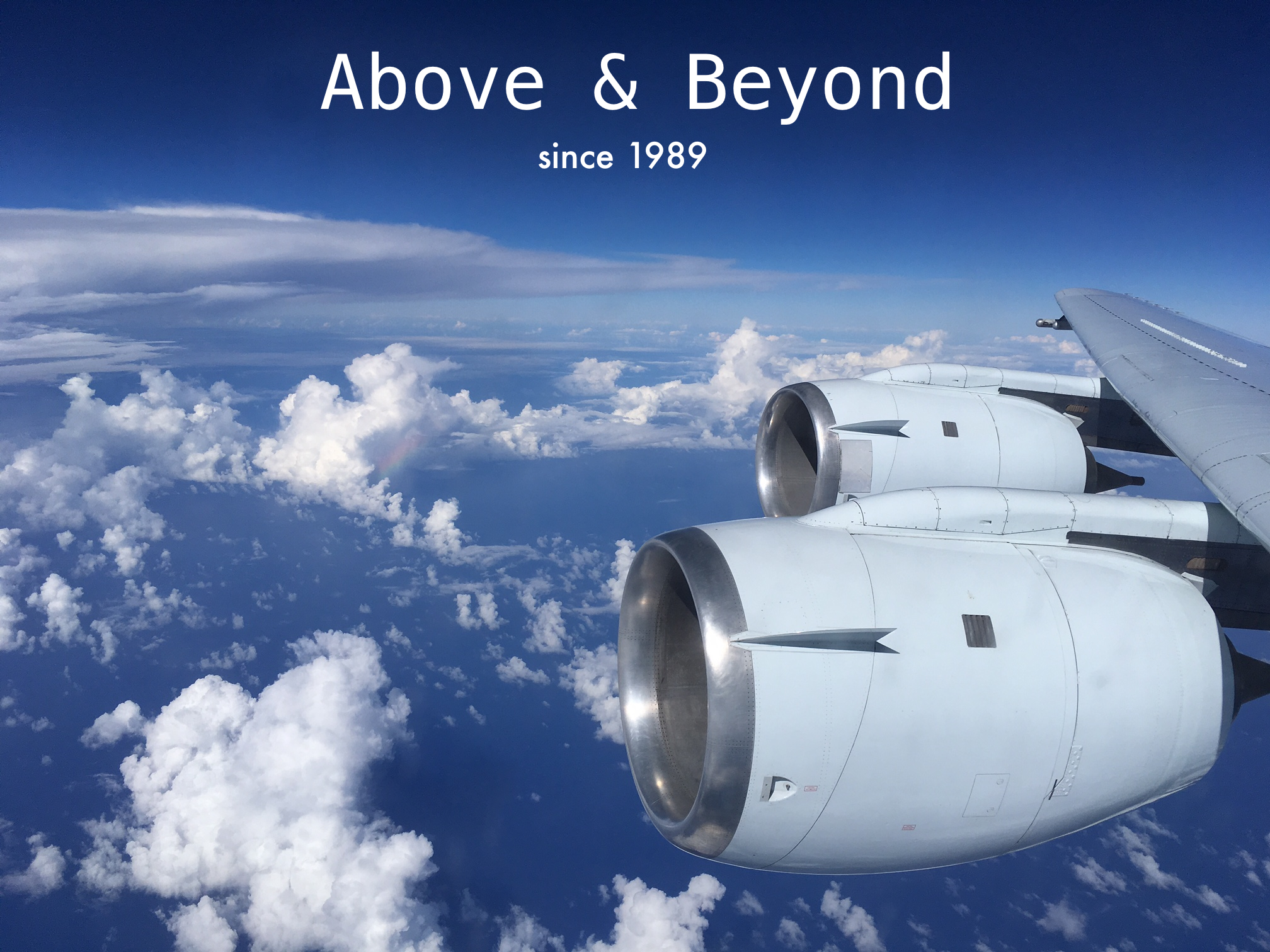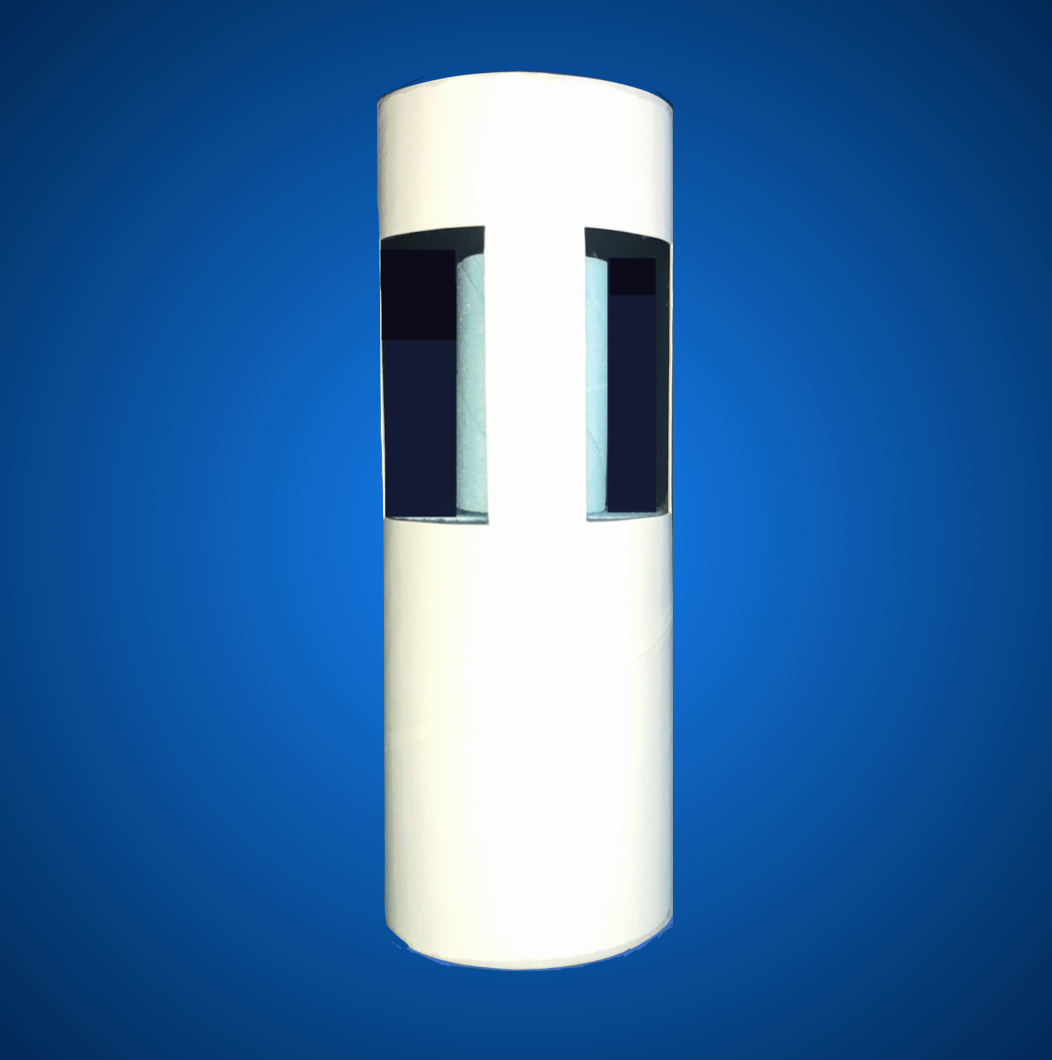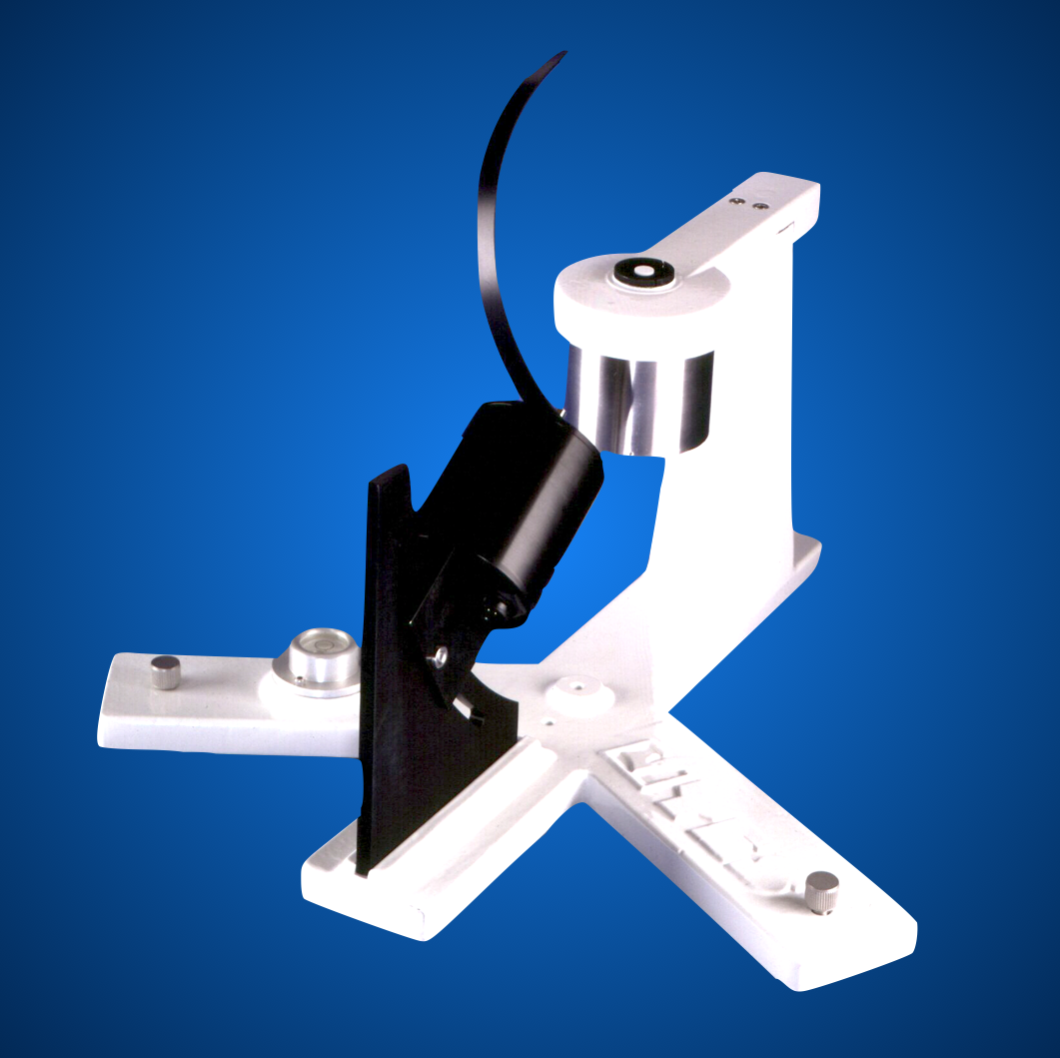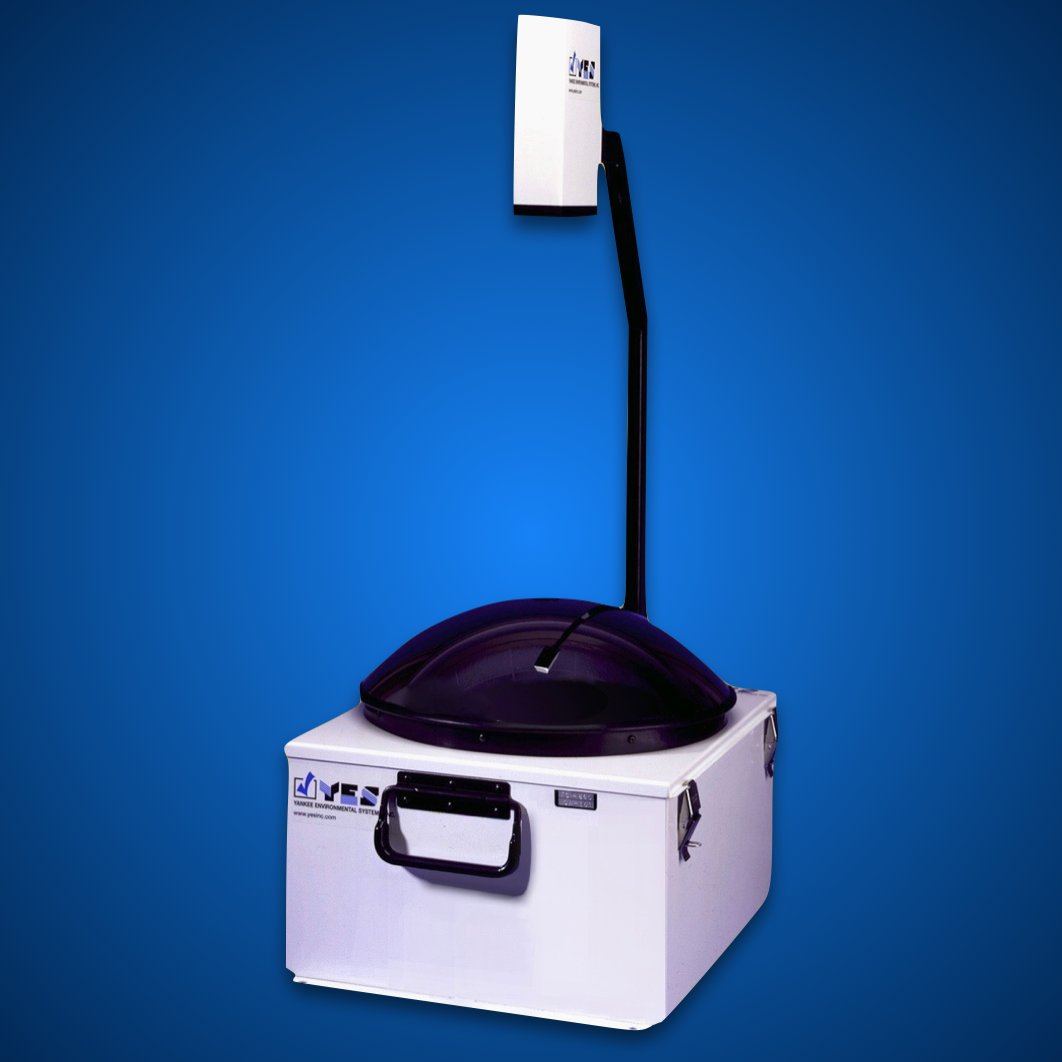Chilled Mirror Hygrometers Sampling & Accuracy
Accuracy of Hygrometers
Over the years a variety of sensing technologies have evolved to measure the water vapor content of a gas including:
Gravimetric train
Aspirated (or sling) psychrometer
Condensation type (chilled mirror)
Capacitance-type electret
Hair-type mechanical hygrometer
Lyman Alpha hygrometer
Surface Acoustic Wave type hygrometer
LiCl saturated salt hygrometer
The absolute accuracy of the condensation-type (chilled mirror) hygrometer is exceeded only by the gravimetric train, an elaborate absorption system maintained as the primary standard for humidity measurements. Over the mid-range of dew point temperatures (± 40°C), the uncertainties of measurement for the chilled mirror hygrometer are in the order of one part in 100, thus making it the most precise means of measuring water vapor available. This graph was originally developed by the Mechanical/Humidity Section at NIST and shows typical uncertainties for several popular humidity sensor technologies.
Sampling System Basics
The sampling system is an integral element of any hygrometry system. The optimal location of a humidity sensor is usually as close as possible to the gas stream itself. This helps to minimize or eliminate errors due to the time lag effect driven by the physical size of the sample line itself. In instances where this is impossible, for example in very high temperature environments such as heat treating or automotive exhaust, a by-pass flow system is required to prevent damage to the sensor. In addition, the cleanliness of the gas stream should also be considered. If particulate contaminants are anticipated in the gas stream, such as may be the case in heat treating gasses or paint booths, a non-hygroscopic filter located prior to the sensor will reduce the frequency of mirror cleanings.
However, filters will introduce a finite time lag in the dew point readings as it must equilibrate with the sample water vapor pressure. In selecting the optimal physical location and mounting configuration for a humidity sensor, keep in mind the need for gaining access to the sensor for periodic cleaning. For installations in ductwork, the sensor can usually be placed directly inside.

The sample should be the same in the sensor head as it is in the measured stream (the dewpoint of the sample varies with the absolute pressure). The sample flow rate through the hygrometer is about 1 standard cubic foot per hour (SCFH) and the response time of the instrument is in the order of 30 seconds. At a flow rate of 1 SCFH it takes about 30 seconds for the sample to travel through 50 feet of thin wall stainless steel tubing. For sampling runs of less than 50 feet, there is little to be gained by running a bypass to speed up the flow through the sample line. For longer sampling lines, it may be desirable to run a bypass near the sensor to speed up the flow from the sample location to the sensor. However, very high flow through the sample lines will introduce a pressure drop in the sampling line, which will influence the dewpoint reading. As an example: say the sensor reads 0o C. Then the vapor pressure in the sensor is 6.108 millibar (mb) (from vapor pressure table). Say the gauge pressure at the measurement point in the stream being tested is 5 psig and there is a sampling pressure drop in the line of 1 psig. Then the gauge pressure at the sensor is 4 psig. The absolute pressure at the gas stream is 14.7 + 5 = 19.5 psia and the absolute pressure at the sensor is 18.5 psia. The vapor pressure at the gas stream is then 6.108 mb x (19.5/18.5) = 6.438 mb. The dewpoint at the gas stream corresponding to 6.438 mb is +0.66o C, slightly higher than the sensor reading of 0o C.
In this case, where the gas sample being measured is at an elevated pressure, it is convenient to dispense with the pump and simply run the sample from the sensor output through the flow meter and exhaust to the atmosphere.
When the sample dewpoint can run higher than room temperature, the sampling lines and all sampling equipment must be heated to avoid condensation in the sample lines. In this regard, it is always desirable to have the hygrometer at the highest point in the system and to provide a bleed valve at the lowest point. When the gas to be monitored is at a high pressure, if it is run through a pressure regulator to drop it to a slight positive gauge pressure, this can serve two purposes. First, it can often drop the vapor pressure to the point where the high dewpoint in the gas sample is now lower at the sensor and it is lower than the room temperature so that heating the lines is no longer a problem. Second, the need to provide high pressure components as the flow gages, is eliminated.
The sample system must be absolutely leak tight. It can be bubble tested at all joints if it is pressurized to about 5 psig. If no other pressure source is available, the sample pump can be used to pressurize the system by reconnecting it for the test.

Tubing Considerations
For most installations flexible tubing from the process line to the sensor is adequate. For installations demanding rigid sampling lines, stainless steel with swage or flair fittings is the preferred tubing. Normally, 1/4" diameter tubing is adequate to provide the 0.5 to 1.5 SCFH required by the sensor. This flow rate is usually not critical. For dew points above 0° C, TygonÔ tubing is adequate. At lower water vapor levels, a polyethylene or TeflonÔ tubing should be used if a flexible installation is required. Stainless steel tubing is always the best all around choice for sampling hardware if you can justify its relatively high cost in your application.







